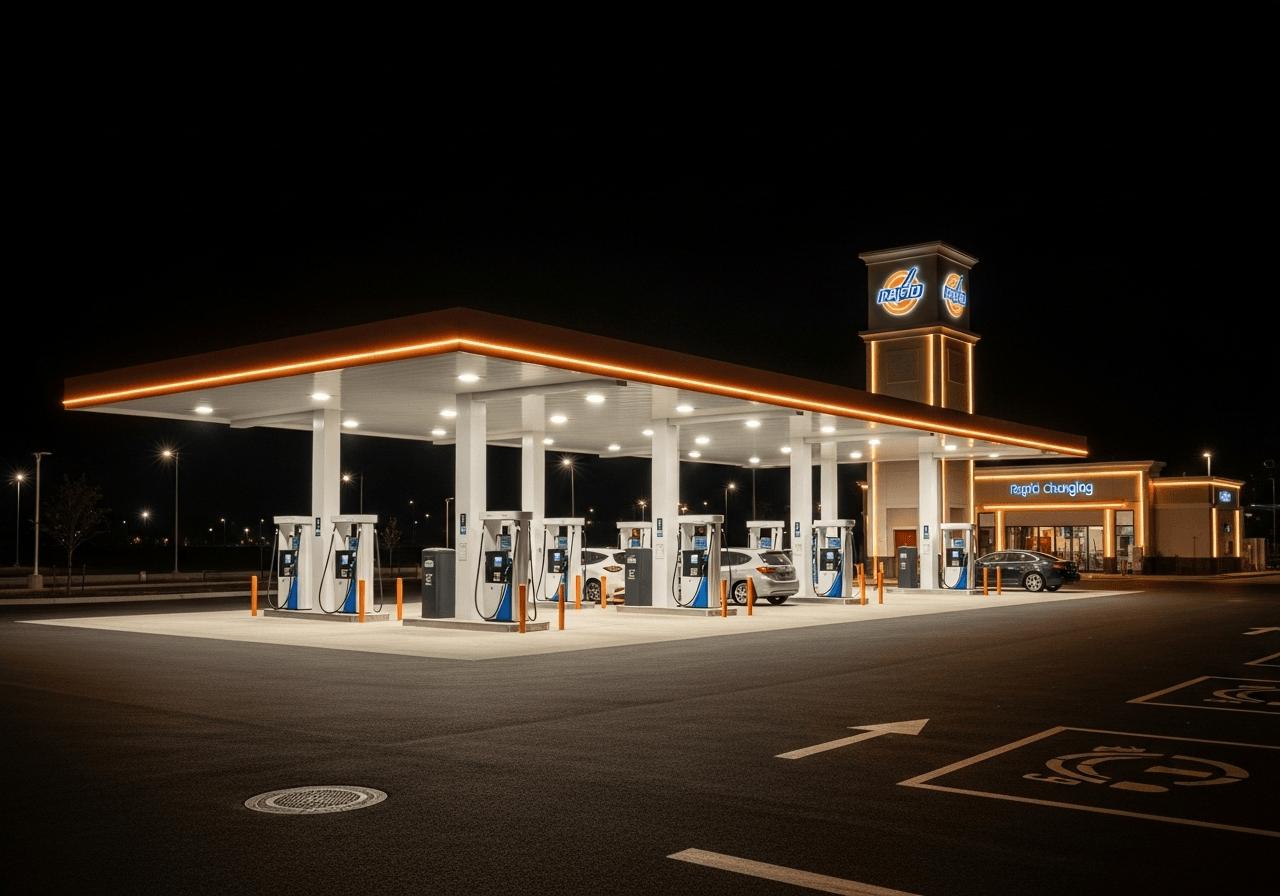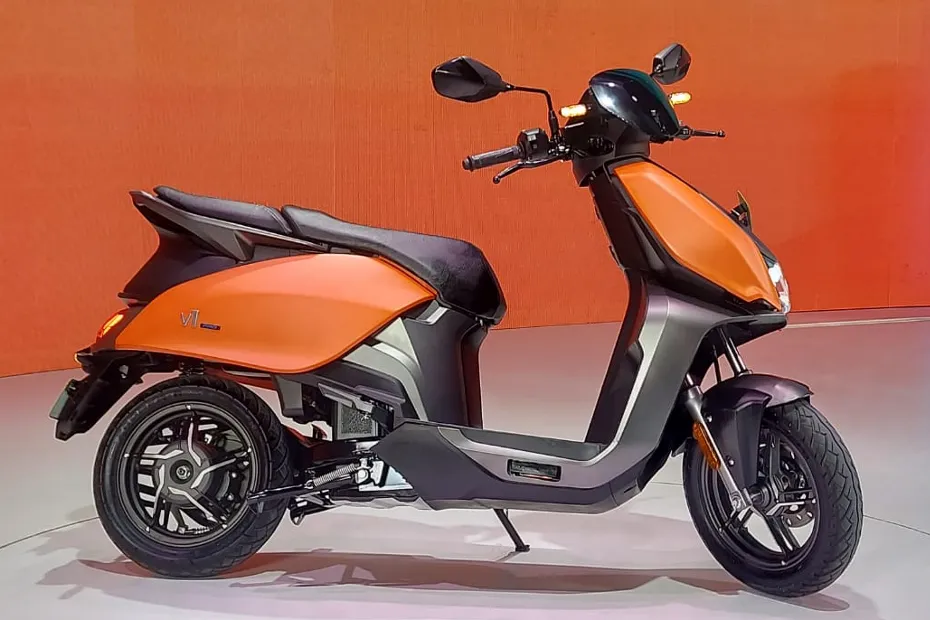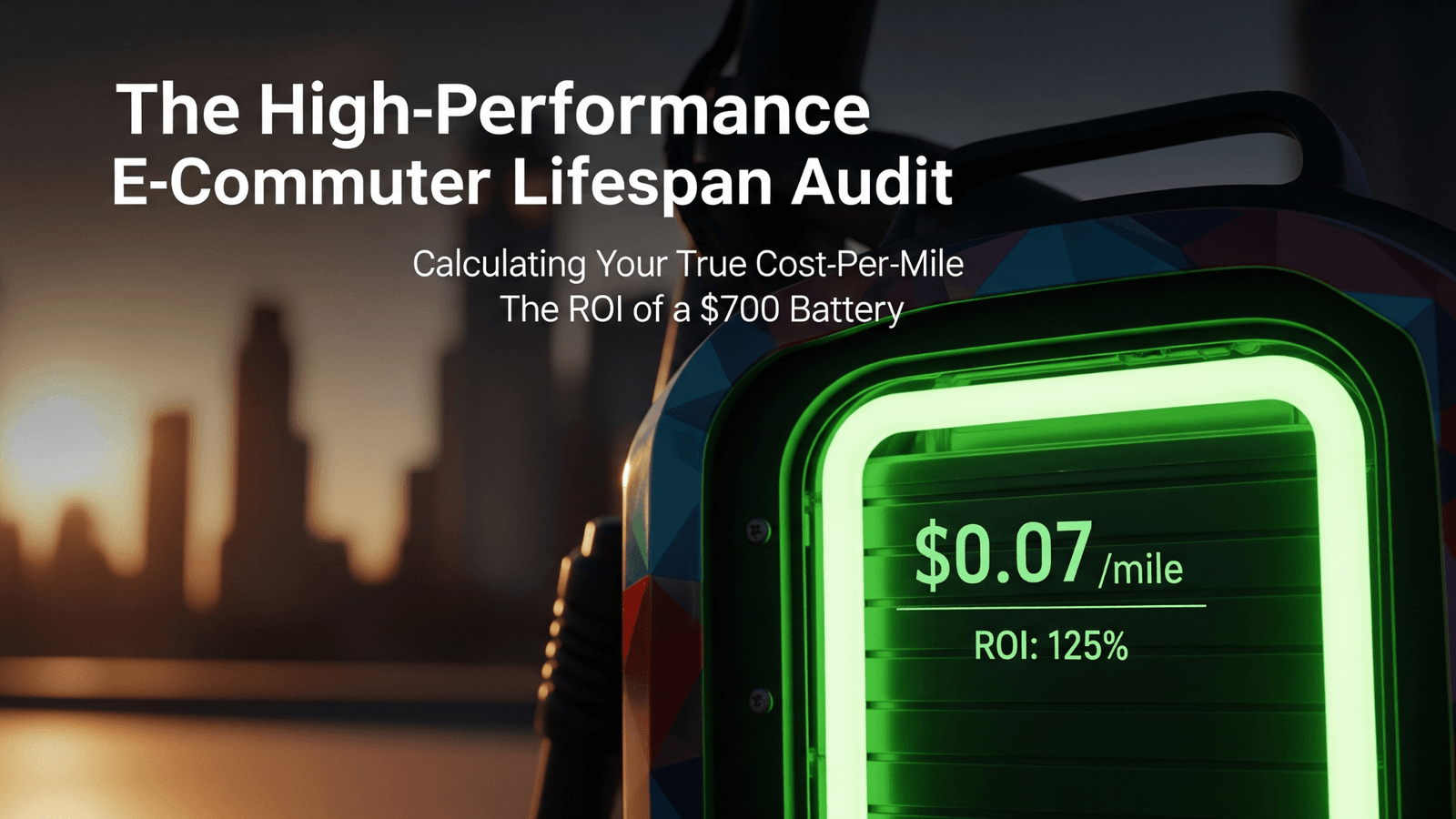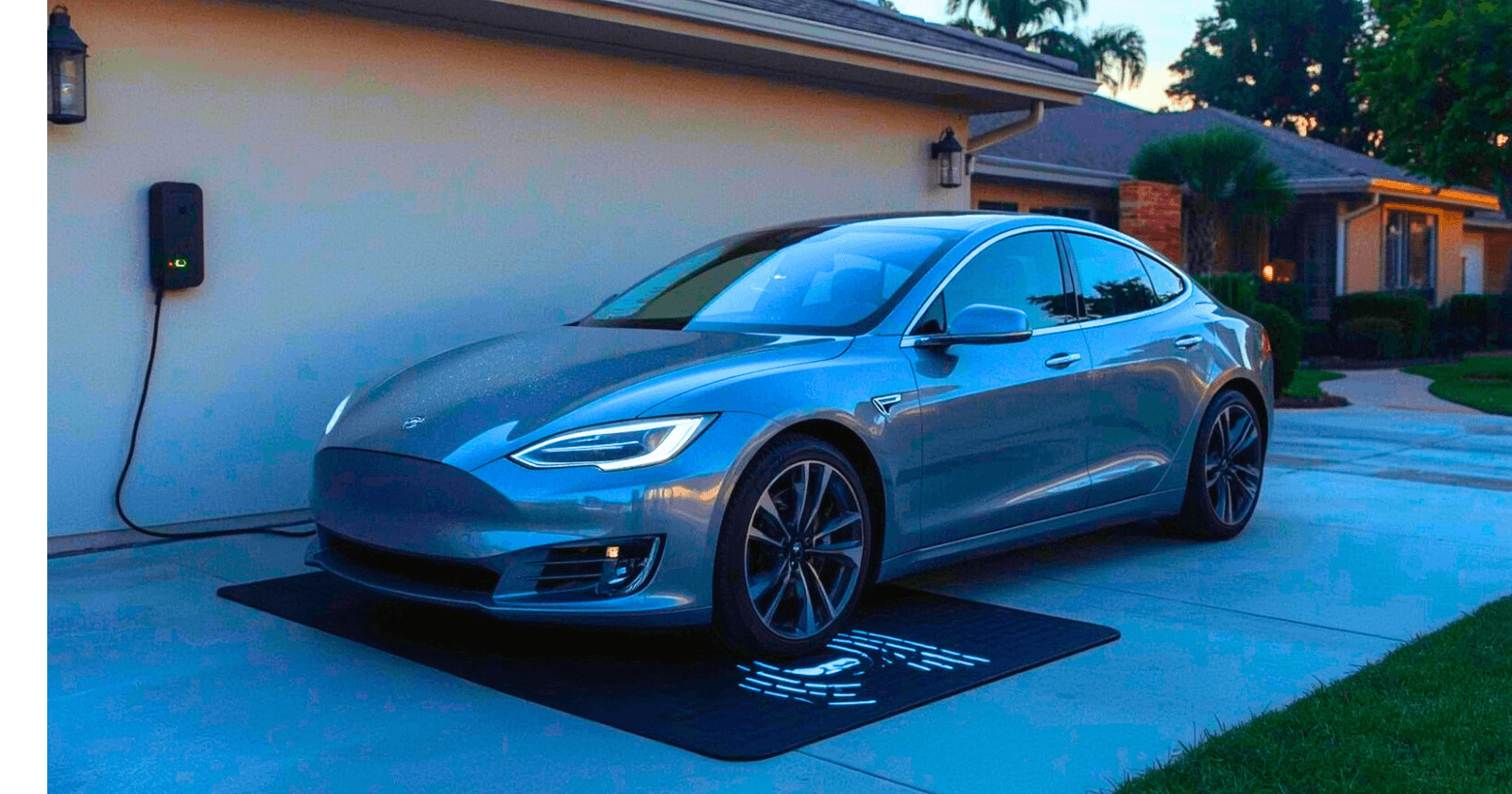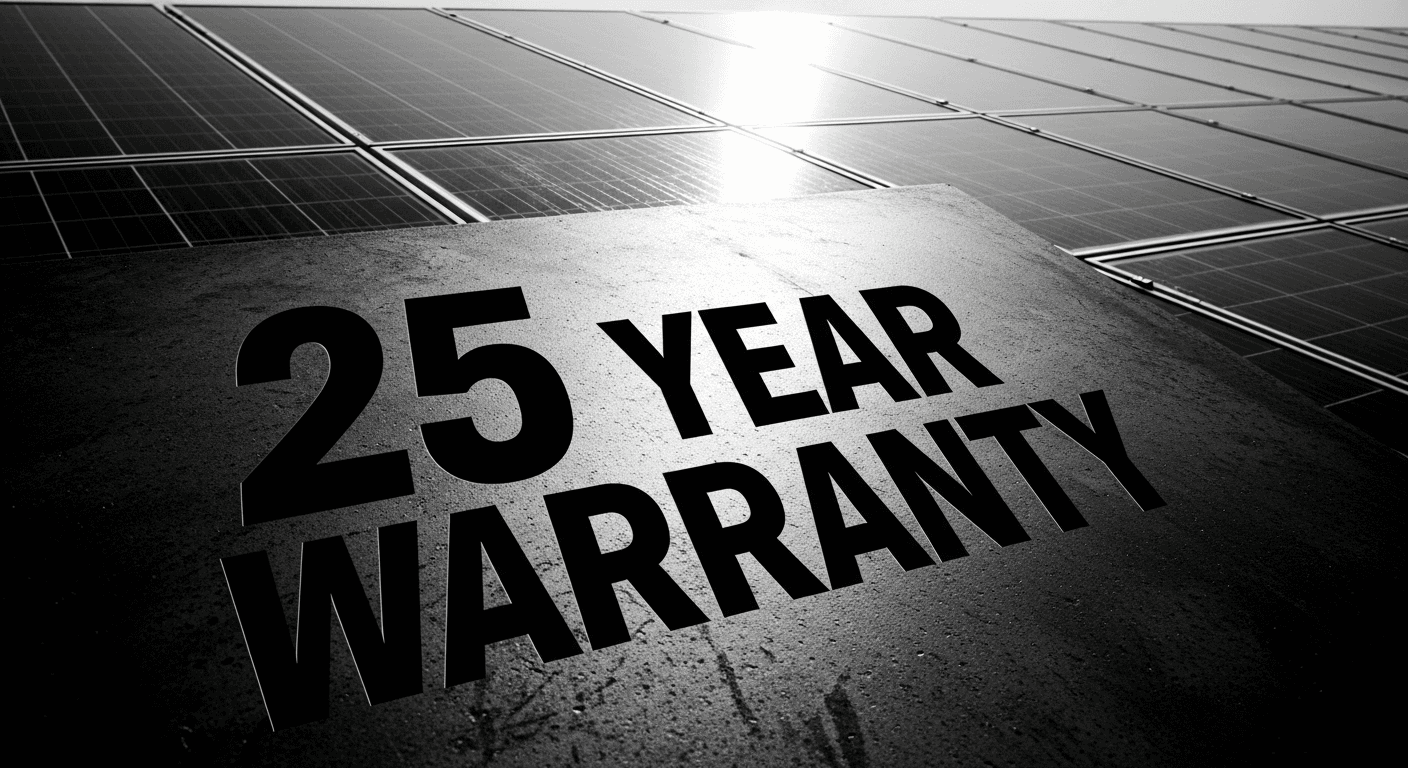The Familiar Hum of Progress
You’ve seen them. Gleaming new charging hubs popping up in the car parks of big-box stores, looking like futuristic petrol stations. The news celebrates every new “charging corridor” with dozens of high-speed chargers. It feels like progress, right? We’re taking the old model and just replacing the pump with a plug.
For years, I believed this was the way. But after living with an electric car, I’ve come to a startling conclusion: this entire strategy is based on a deeply flawed, 100-year-old assumption. We are spending billions of dollars to solve a problem that doesn’t exist anymore.
We are suffering from the “Gas Station Mindset,” and it’s leading us to build the future in all the wrong places.

Why Do Gas Stations Even Exist?
Take a step back and ask a ridiculously simple question: why do gas stations exist?
The answer is obvious: because you cannot refuel your car at home.
The entire global network of petrol stations is a brilliant solution to a fundamental limitation of the internal combustion engine. Your home doesn’t have a personal oil refinery. Refueling is a “destination” activity. You have to go somewhere else specifically to get energy.
This has shaped our cities, our habits, and our entire understanding of what it means to “fill up.” And this is where the EV revolution gets so wildly misunderstood.

The Paradigm Shift Nobody is Talking About
Electric vehicles shatter the gas station model. An EV’s fundamental superpower is that it can refuel at home. Or at work. Or at the grocery store.
The gas car model is “destination refueling.” The EV model should be “opportunity charging.”
Think of it like charging your phone. Do you wait until it’s at 1% and then make a special trip to a “phone charging station” to fill it up to 100%? Of course not. You top it up wherever you are—at your desk, by your bed, in your car. It “grazes” for power throughout the day.
So why are we spending billions to build destination “phone charging stations” for our cars?
The “Right” Places to Put Chargers Are the Most Boring Places Imaginable
The real future of EV charging isn’t about giant, expensive hubs. It’s about weaving slow, cheap, and simple charging into the fabric of our cities—in all the places where cars sit idle for hours at a time.
1. The Lamppost: The Most Overlooked Supercharger in Your City
- What does every street with parked cars have? Power. And poles. Lampposts are the single greatest untapped asset for urban EV charging. They already have electricity running to them and are perfectly positioned to offer slow, overnight charging to the millions of people who live in apartments and park on the street. This isn’t a fantasy; cities like London are already doing it.

2. The Workplace Parking Lot: The 8-Hour Goldmine
- Where does a car spend its longest, most predictable chunk of time? At your office parking lot. A car sitting for 8-9 hours doesn’t need a super-fast, expensive DC charger. A simple, slow Level 2 charger can easily provide a full charge in that time, powered by office buildings that might even have solar panels on the roof.
3. The Supermarket & Shopping Mall: The “Top-Up” Zone
- You spend an hour or two at the grocery store or mall. A slow charger could easily add 20-40 miles of range in that time—more than enough to cover the average daily commute. It turns a chore into an “opportunity charge.”
So, What is the Point of Fast Chargers?
Am I saying we should tear down all the DC Fast Chargers? Absolutely not. They are critically important, but for one specific purpose: long-distance travel.
Fast chargers belong on highways, connecting cities. They are the 21st-century equivalent of the highway rest stop, enabling road trips. They are not the solution for daily, urban life. Using them for that is like using a fire hose to water a houseplant.

Conclusion: Let’s Build a Smarter Future, Not Just an Electric Past
The transition to electric vehicles gives us a once-in-a-century opportunity to rethink our relationship with energy and our cities.
Let’s stop clinging to the “Gas Station Mindset.” Let’s stop building expensive “destinations” and start building a smart, distributed, and convenient charging fabric that meets us where we already are.
The future of charging isn’t about making a special trip. It’s about power being so readily available in the boring, everyday places that you never have to think about it again.

Suhas Shrikant is the founder of Vecharged and an engineering enthusiast specializing in high-power off-grid solar systems. He has designed and built over a dozen custom systems and uses his hands-on, field-tested experience to create Vecharged’s expert guides and reviews.

